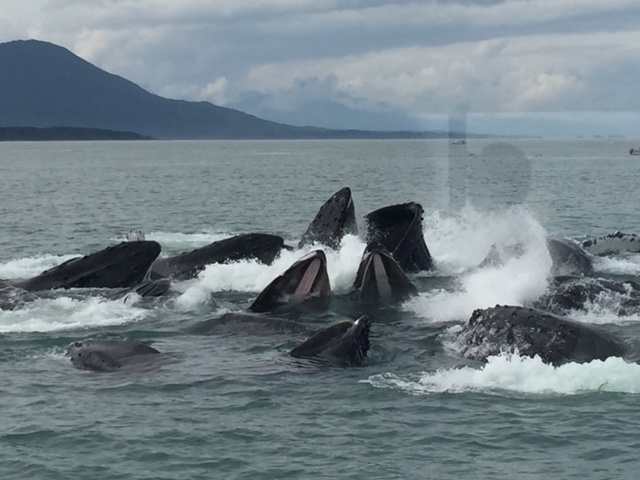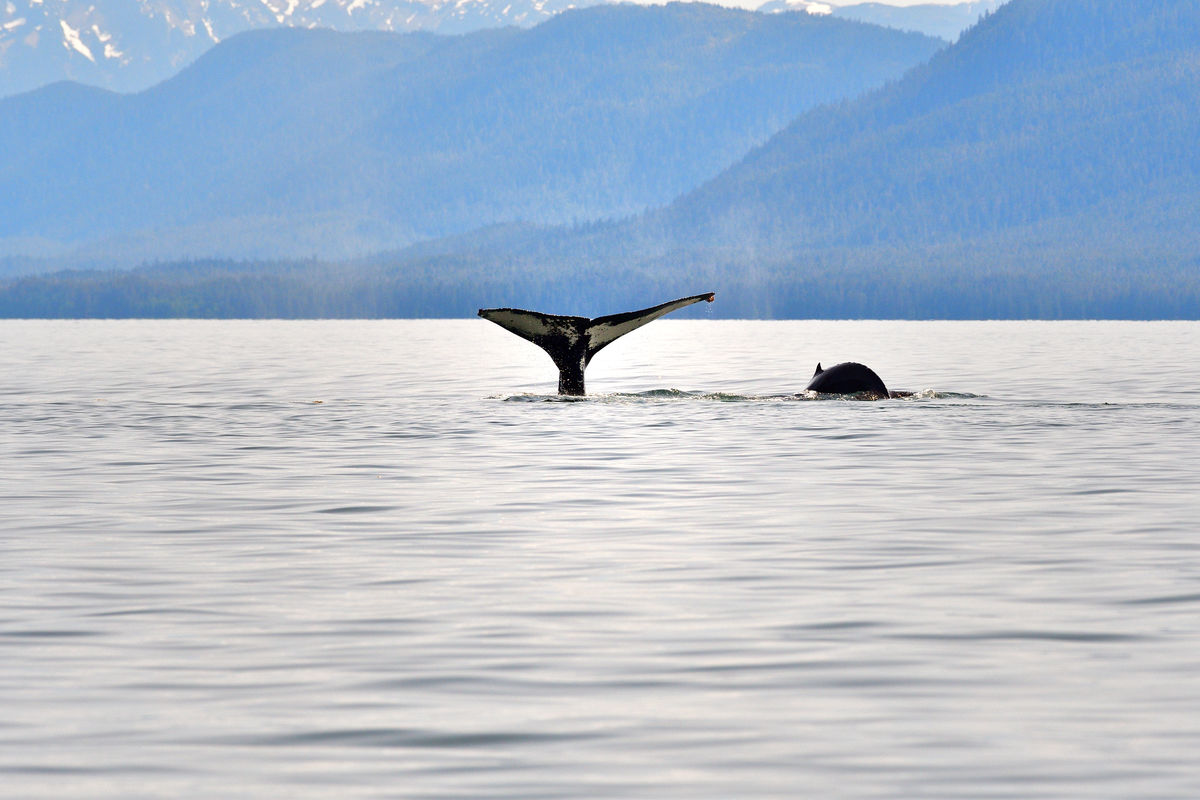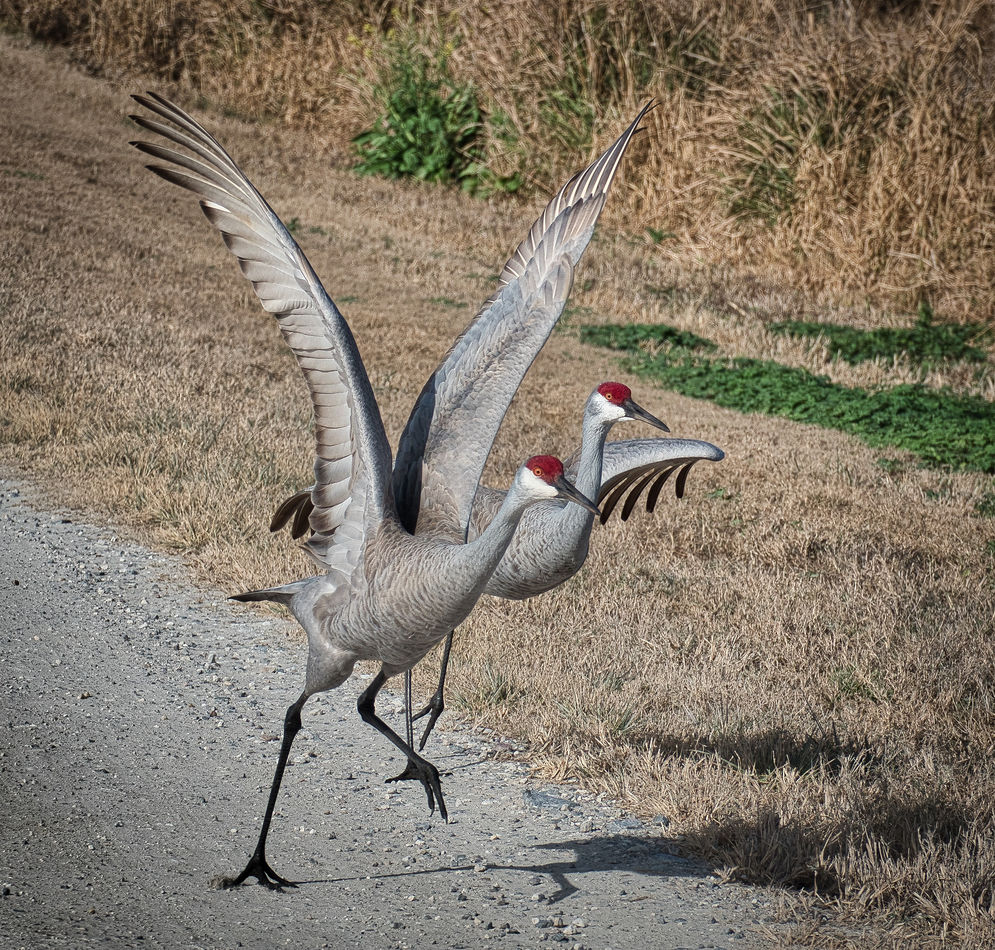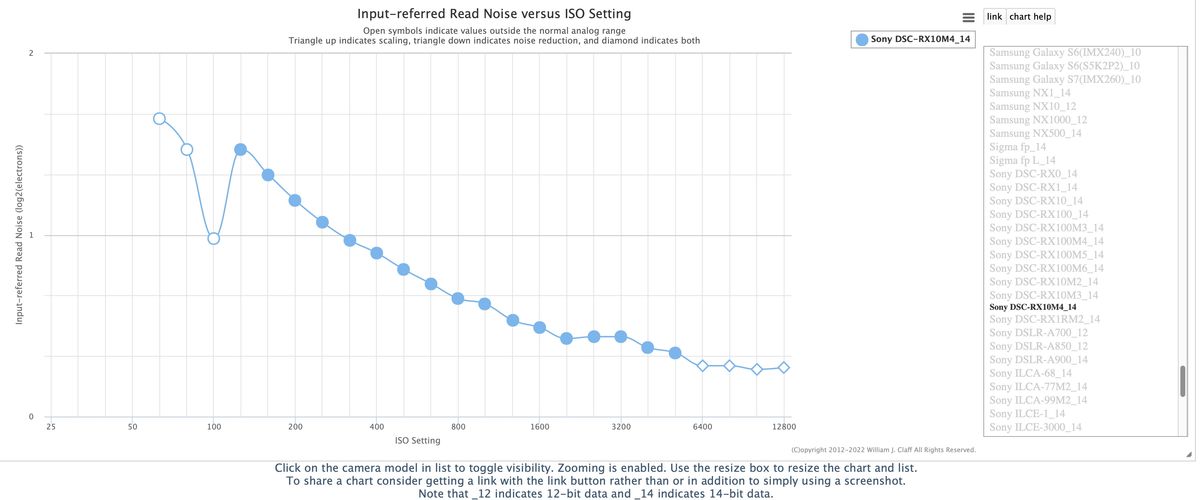Whale Watching
Feb 15, 2022 12:15:35 #
Tomorrow I am going on a morning whale watching trip. I have never done that before. Can anyone give me some starting pointers as to how to set my Sony RX10IV please.
Dennis
Dennis
Feb 15, 2022 12:41:10 #
dennis2146 wrote:
Tomorrow I am going on a morning whale watching trip. I have never done that before. Can anyone give me some starting pointers as to how to set my Sony RX10IV please.
Dennis
Dennis
Some good info -
https://www.eaglewingtours.com/articles/whale-watching-photography/
https://www.naturettl.com/how-to-photograph-humpback-whales/
https://whales.is/12-tips-photographing-whales-tour/
https://www.australianphotography.com/photo-tips/how-to-capture-great-whale-photos
Here are some links I found a couple of years ago.
https://www.caboexpeditions.com.mx/whale-watching-photography-tips/
https://www.eaglewingtours.com/whale-watching-photography/
https://www.picturecorrect.com/tips/how-to-photograph-whales/
https://www.juneauwhalewatch.com/photo-tips-whale-watching/
Feb 15, 2022 12:43:28 #
Dat Quach
Loc: California
dennis2146 wrote:
Tomorrow I am going on a morning whale watching trip. I have never done that before. Can anyone give me some starting pointers as to how to set my Sony RX10IV please.
Dennis
Dennis
Certain rules don’t allow boats to get close to the whales so a zoom lens is a must. I’d use high shutter speed to counter boat movement and hand shaking. In addition, whales surfacing/bleaching is very fast and brief, continuous drive (multiple fps) must be used. It’s not easy to take photos because it’s hard to predict where they will pop up.
The following photo of Smudge and her baby Spark was taken in Juneau at approximately 450mm, f/8, 1/3200s, iso400.
Feb 15, 2022 12:49:32 #
jerryc41 wrote:
Some good info - br https://www.eaglewingtours.com... (show quote)
Jerry I can't thank you enough for the information you have supplied. I will look later on at all of them but I started looking at the third one down, 12 Tips Photographing Whales Tour. It was splendid and had lots of information. You truly are the link magnet for informational tips. Thanks again.
Dennis
Feb 15, 2022 12:50:37 #
Dat Quach wrote:
Certain rules don’t allow boats to get close to the whales so a zoom lens is a must. I’d use high shutter speed to counter boat movement and hand shaking. In addition, whales surfacing/bleaching is very fast and brief, continuous drive (multiple fps) must be used. It’s not easy to take photos because it’s hard to predict where they will pop up.
The following photo of Smudge and her baby Spark was taken in Juneau at approximately 450mm, f/8, 1/3200s, iso400.
The following photo of Smudge and her baby Spark was taken in Juneau at approximately 450mm, f/8, 1/3200s, iso400.
Great photograph and good tips as well.
Thank you,
Dennis
Feb 15, 2022 15:07:01 #
We led a group of motorhome travelers on a whale watching trip. The best photo came from a phone shooter that had her camera ready and waiting when a whale showed itself near the boat.
The RX10IV is famous for a lot of things. One is the automatic, computational mode. Use it and concentrate on being ready.
My wife has an RX10IV and relies on auto a lot. I have a "better" mirrorless and long lens for it. I fiddle with settings while she gets the shot. Someday I will learn.
The RX10IV is famous for a lot of things. One is the automatic, computational mode. Use it and concentrate on being ready.
My wife has an RX10IV and relies on auto a lot. I have a "better" mirrorless and long lens for it. I fiddle with settings while she gets the shot. Someday I will learn.
Feb 15, 2022 15:12:36 #
a6k
Loc: Detroit & Sanibel
Dat Quach used ISO 400 and 1/3200 sec.
Respectfully, I suggest another approach. His shots are great and mine go back to film so you should take my ideas only as something to consider.
This website page: https://www.photonstophotos.net/Charts/RN_e.htm
Will show you that the sweet spot for that camera is ISO 125. That's what I use on mine. If I do need more "speed" then, of course, I increase it. But I also think that 1/3200 may be trading shutter speed for image stabilization. Some, myself included, believe that the higher shutter speeds are faster than the image stabilization mechanism can handle. I note also that 400 is almost as good as 100 on that camera and is 2 full stops faster.
You have two kinds of potential blur, of course. Subject motion blur demands high shutter speeds. But camera movement is controlled best, often or usually, with speeds around 1,000. That's my experience and YMMV.
BTW, you might want to consider using video for that subject with that camera. That will also make best use of CIZ (Clear Image Zoom) which cannot be used with raw shooting. That appears to double your zoom maximum length with very little loss of IQ. Here is a frame from a video clip using that camera although I don't recall if I was using CIZ. Not whales but you get the idea. You can easily capture individual frames later playing it back with VLC, a free download.
Using video also allows you to zoom while getting the shot(s).
Have fun. I'm envious. You can never take too many whale watching trips.
Respectfully, I suggest another approach. His shots are great and mine go back to film so you should take my ideas only as something to consider.
This website page: https://www.photonstophotos.net/Charts/RN_e.htm
Will show you that the sweet spot for that camera is ISO 125. That's what I use on mine. If I do need more "speed" then, of course, I increase it. But I also think that 1/3200 may be trading shutter speed for image stabilization. Some, myself included, believe that the higher shutter speeds are faster than the image stabilization mechanism can handle. I note also that 400 is almost as good as 100 on that camera and is 2 full stops faster.
You have two kinds of potential blur, of course. Subject motion blur demands high shutter speeds. But camera movement is controlled best, often or usually, with speeds around 1,000. That's my experience and YMMV.
BTW, you might want to consider using video for that subject with that camera. That will also make best use of CIZ (Clear Image Zoom) which cannot be used with raw shooting. That appears to double your zoom maximum length with very little loss of IQ. Here is a frame from a video clip using that camera although I don't recall if I was using CIZ. Not whales but you get the idea. You can easily capture individual frames later playing it back with VLC, a free download.
Using video also allows you to zoom while getting the shot(s).
Have fun. I'm envious. You can never take too many whale watching trips.
Feb 15, 2022 20:31:13 #
bsprague wrote:
We led a group of motorhome travelers on a whale w... (show quote)
Thanks for your comment. I had not considered Auto but will give it a thought.
I offered my Nikon D7000 to my wife for her to have a real camera. She said she will use her phone. At least she won’t drop my camera in the Pacific.
Dennis
Feb 15, 2022 20:33:17 #
a6k wrote:
Dat Quach used ISO 400 and 1/3200 sec. br Respectf... (show quote)
Thanks for your comments, graph and excellent photo. Much appreciated. Now I have some ideas to consider for tomorrow.
Dennis
Feb 16, 2022 09:59:11 #
dennis2146 wrote:
Thanks for your comment. I had not considered Auto but will give it a thought.
I offered my Nikon D7000 to my wife for her to have a real camera. She said she will use her phone. At least she won’t drop my camera in the Pacific.
Dennis
I offered my Nikon D7000 to my wife for her to have a real camera. She said she will use her phone. At least she won’t drop my camera in the Pacific.
Dennis
We bought a whale pic from a professional in Hawaii. I asked her what setting she used and she said she always uses Auto settings for whales as they don’t give her any time to adjust. If overcast then set exposure to +1. Keep it up and ready at all times.
Feb 16, 2022 10:00:06 #
CaptKK wrote:
We bought a whale pic from a professional in Hawaii. I asked her what setting she used and she said she always uses Auto settings for whales as they don’t give her any time to adjust. If overcast then set exposure to +1. Keep it up and ready at all times.
Thanks very much.
Dennis
Feb 16, 2022 10:01:44 #
Thanks everyone for your excellent comments. Today's the day. I am not quite sure just yet what I will do but thanks to all of you I have some excellent advice that seems to work for you. I will let you know how it turns out. I can't imagine it not turning out well unless we see no whales.
Dennis
Dennis
Feb 16, 2022 10:41:32 #
CaptKK wrote:
We bought a whale pic from a professional in Hawaii. I asked her what setting she used and she said she always uses Auto settings for whales as they don’t give her any time to adjust. If overcast then set exposure to +1. Keep it up and ready at all times.
We had a "blood moon" eclipse a couple years ago. I set up the tripod, mounted the long lens, did the homework, adjusted the settings and the pictures were not what I hoped for. I gave up and put the tripod down. Just before I went inside I flipped the dial to Pananonics "iA" and pointed at the moon hand held. The camera made a bunch of noise as it took multiple exposures, froze up while it processed them and provided me with the best JPEG of the night!
Auto is not a bad choice.
Feb 16, 2022 12:18:33 #
Maybe too late to the party but I’d use Continuous AF with Lock-on Expand Flexible Spot and drive mode set for Continuous High.
Feb 16, 2022 12:22:25 #
dennis2146 wrote:
Tomorrow I am going on a morning whale watching trip. I have never done that before. Can anyone give me some starting pointers as to how to set my Sony RX10IV please.
Dennis
Dennis
Dennis, i am probably a day late and maybe a dollar short but here is my experience on whale watching:
We signed for an excursion with the cruise line and lucked out on a good boat, naturalist and captain were both experienced. Boat stopped in location picked by captain and he let it drift towards the whale sounds he heard in his underwater unit. He told us what side of the boat they were on and were feeding as a 'team' (not the exact term but that was the idea; cooperation among the whales). We waited and watched and I had the lens cranked all the way out for a good close up of the whales. What we got was a feeding frenzy within 20 feet of the boat and before I could zoom wide they were finished. Photo from others attached.

If you want to reply, then register here. Registration is free and your account is created instantly, so you can post right away.






